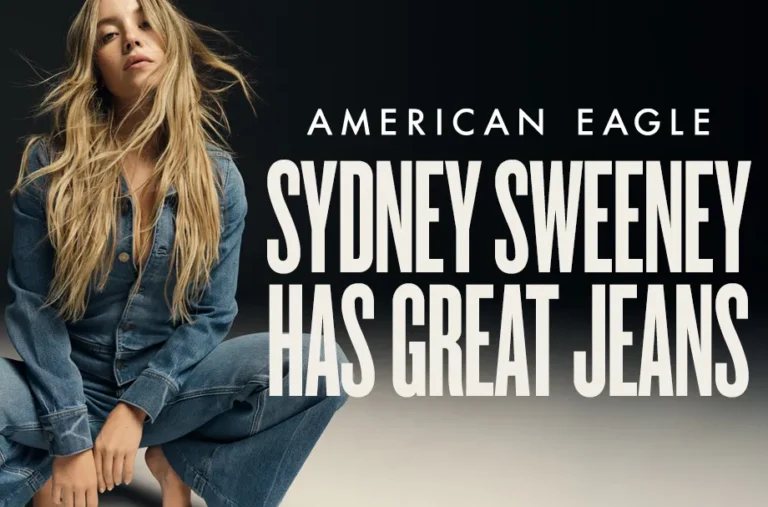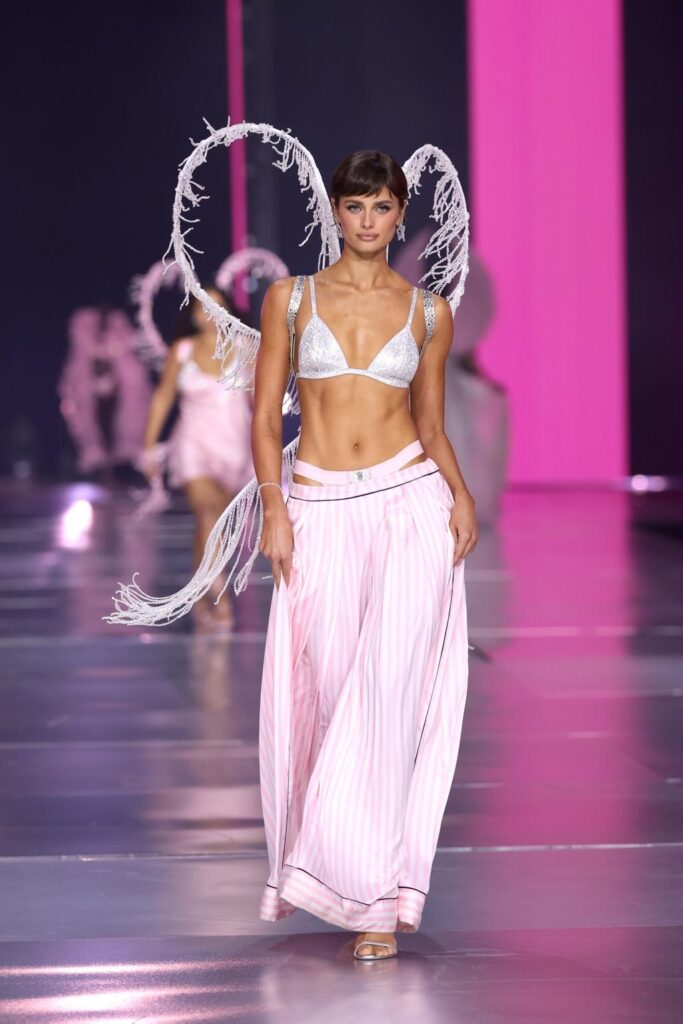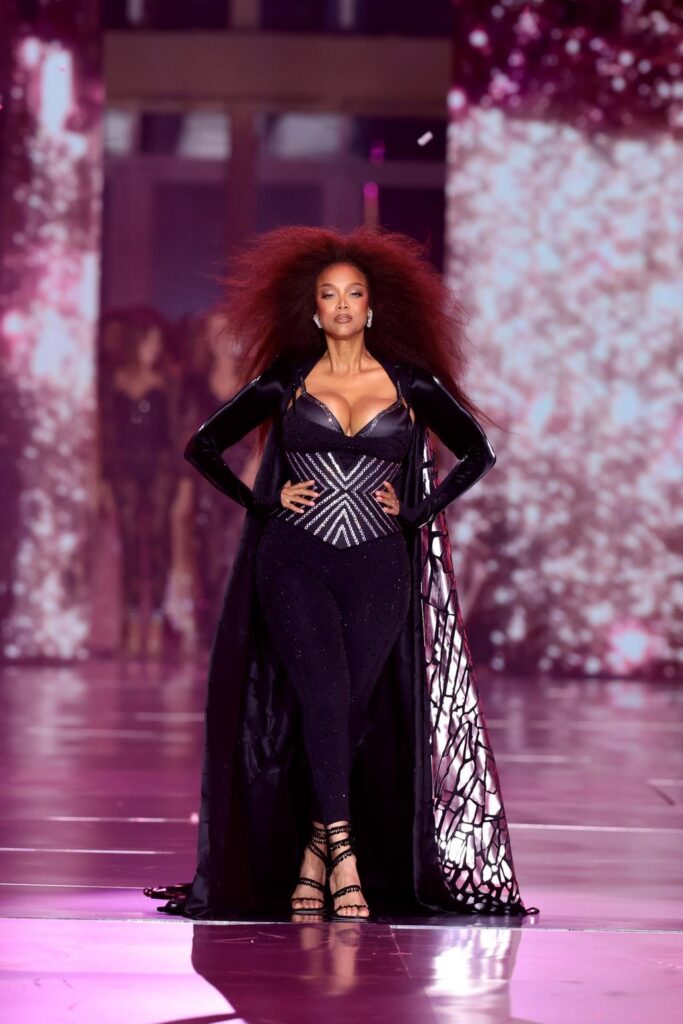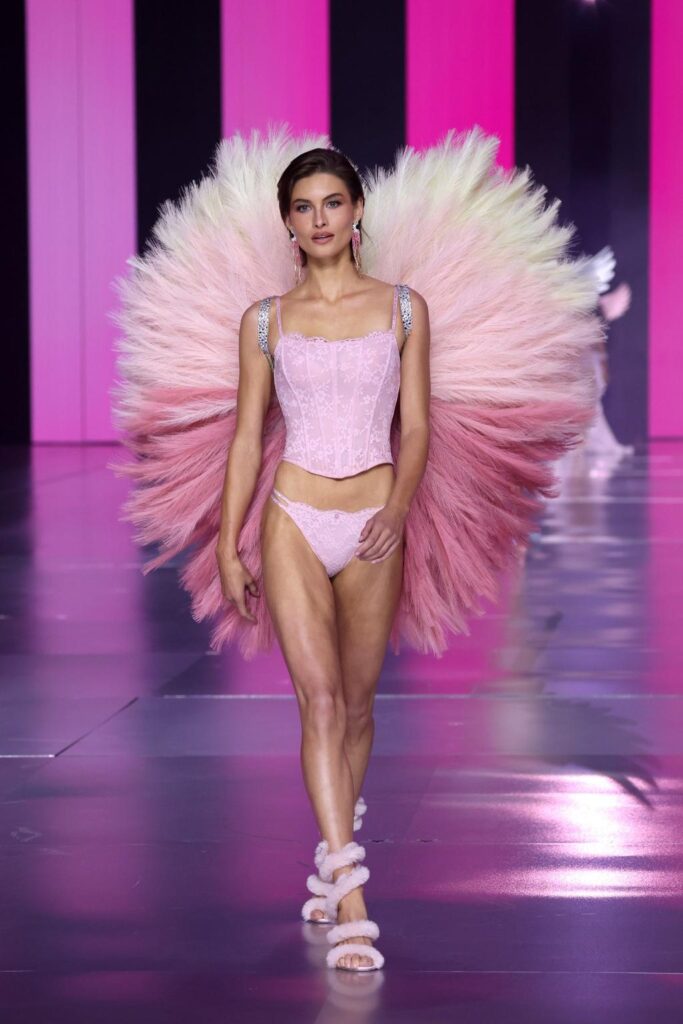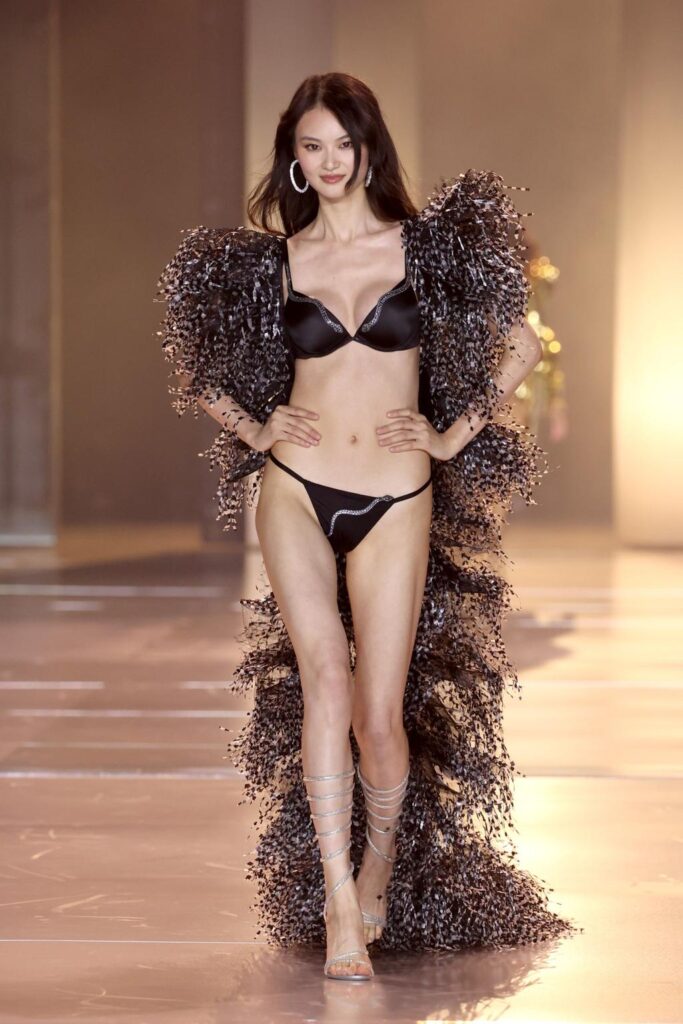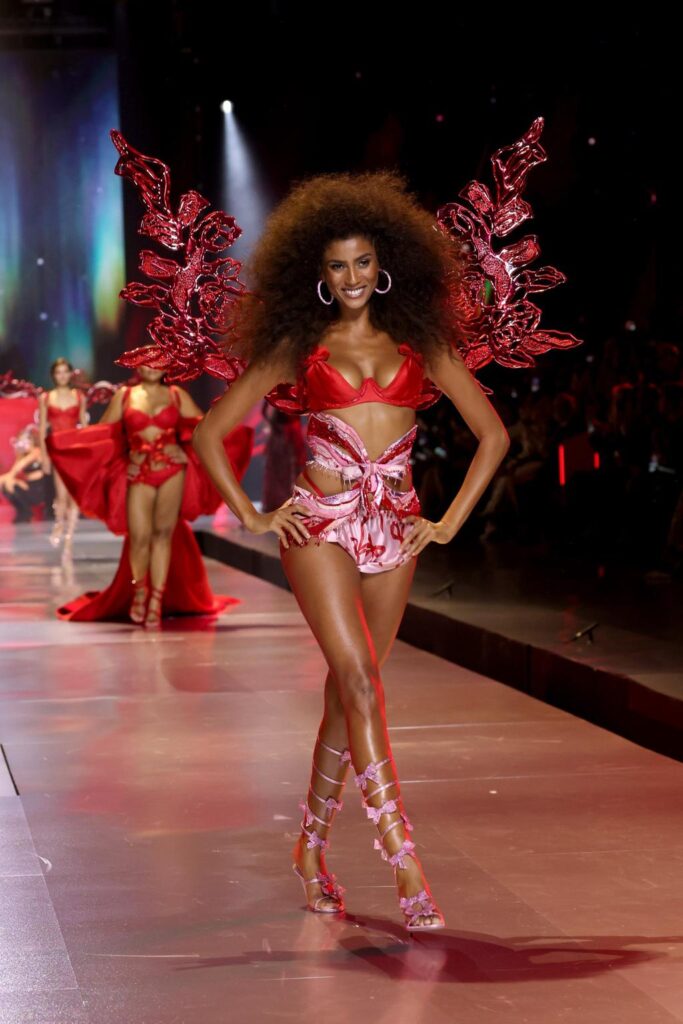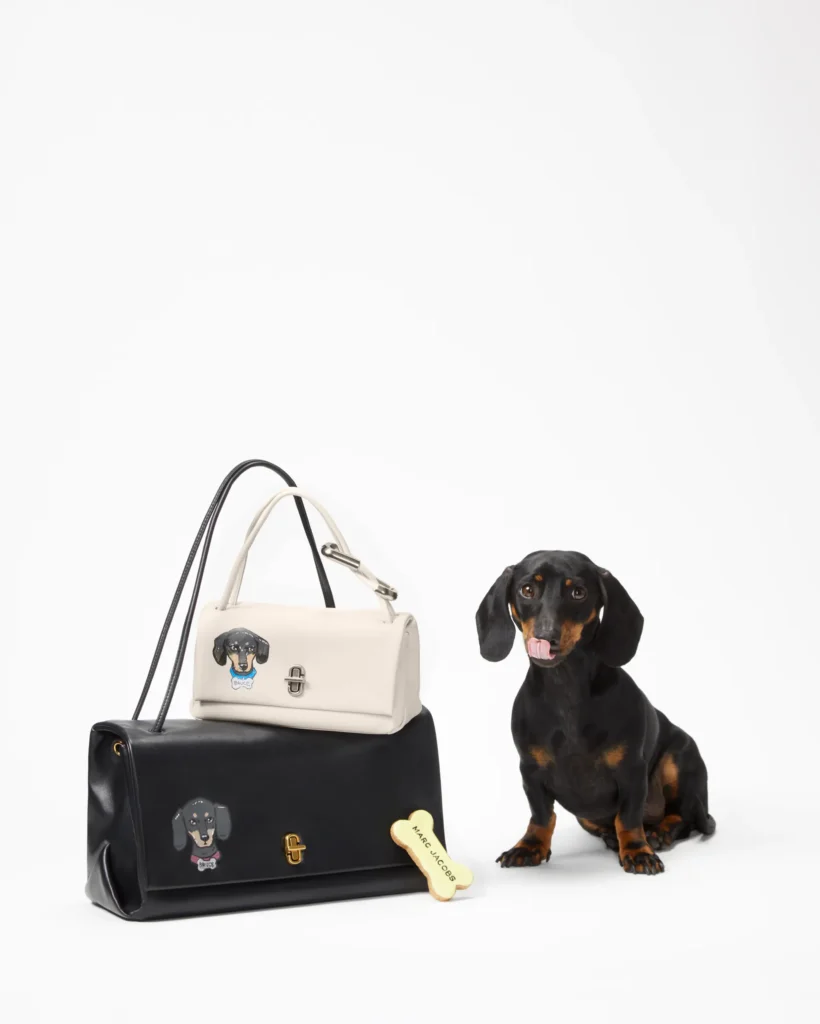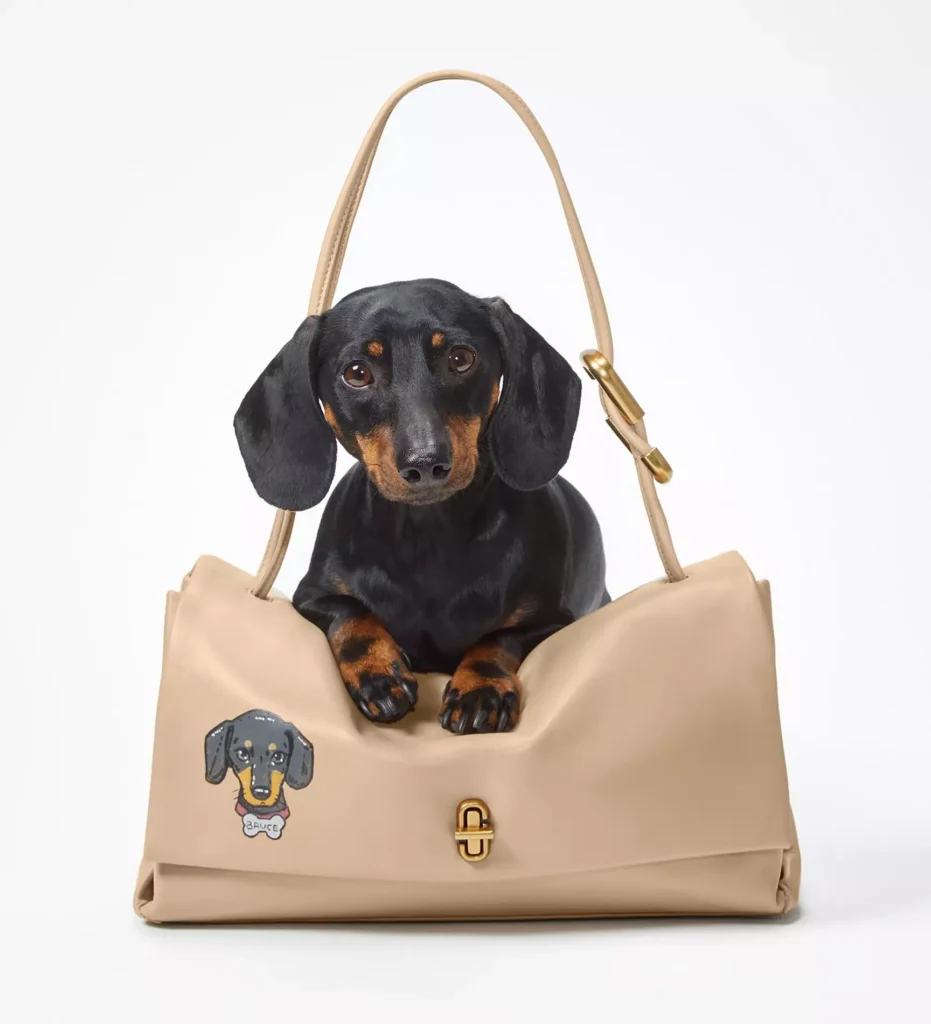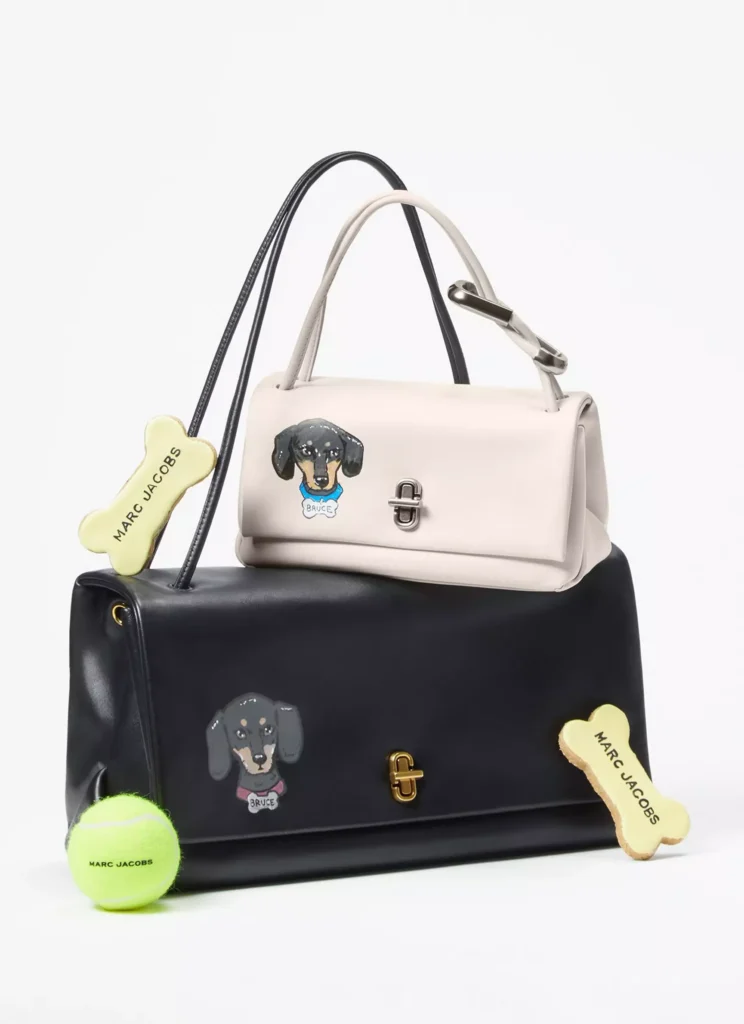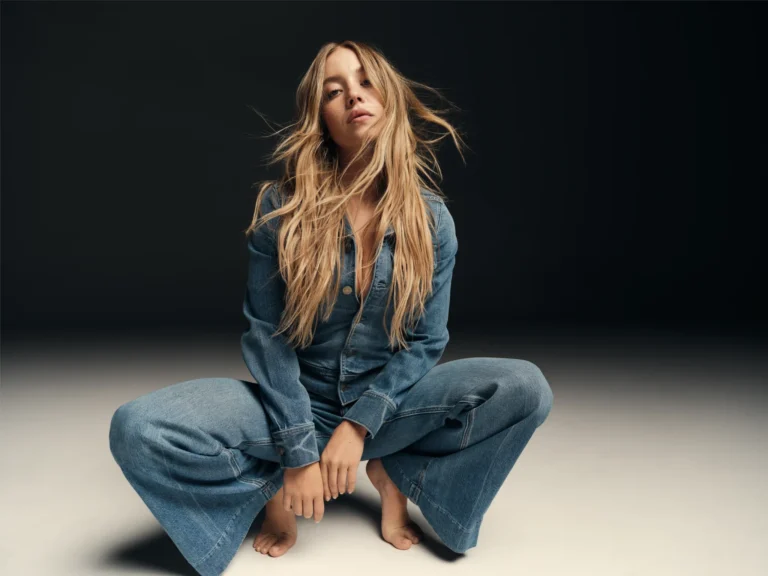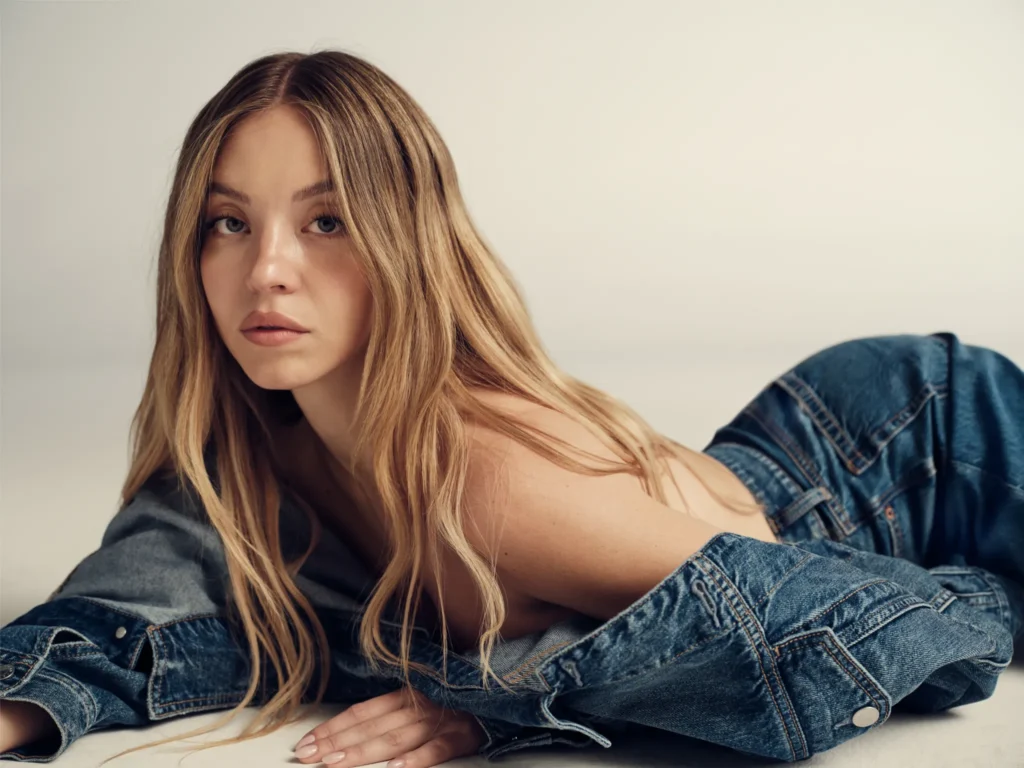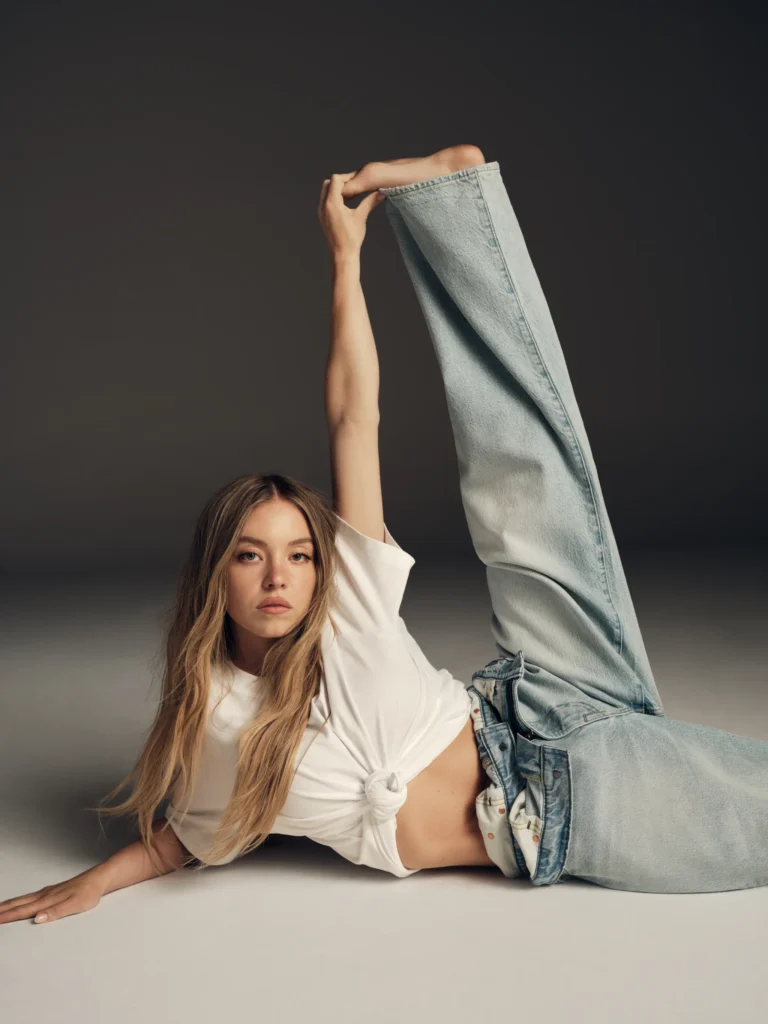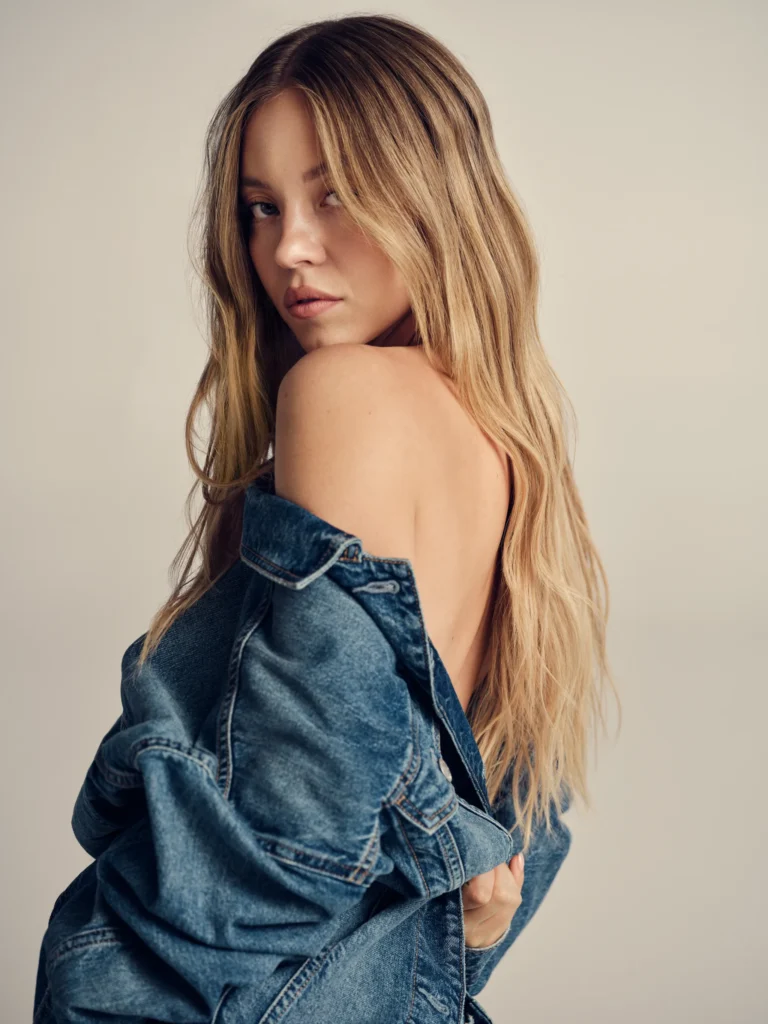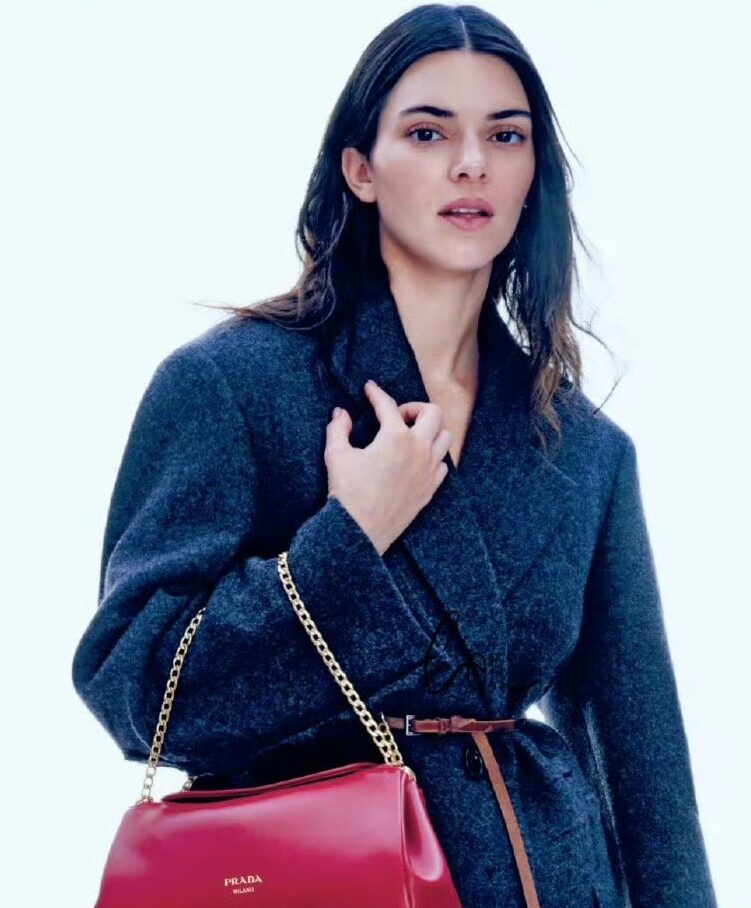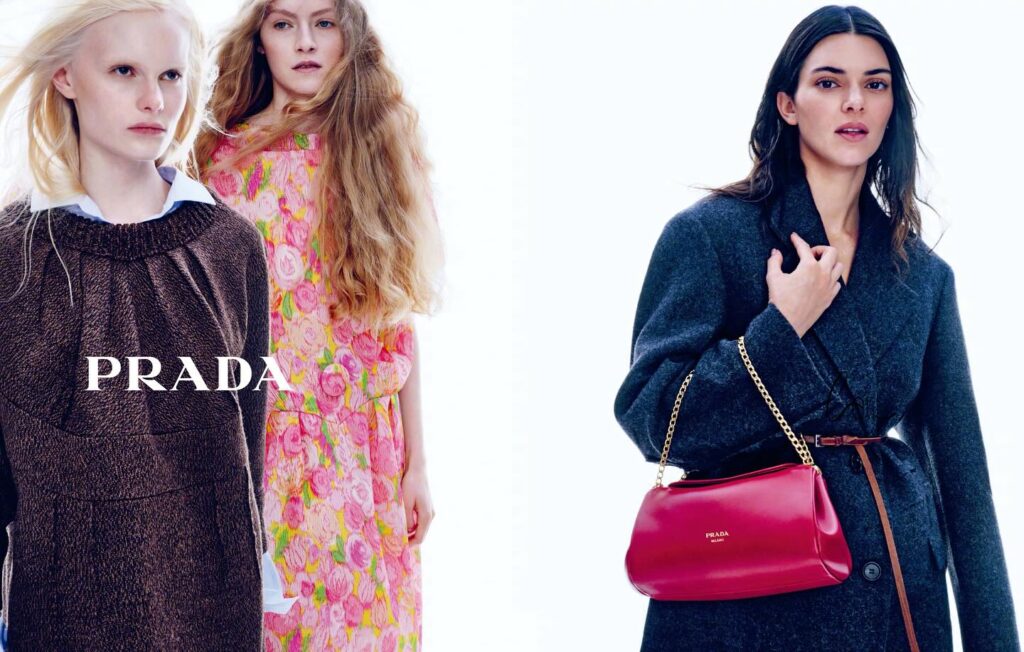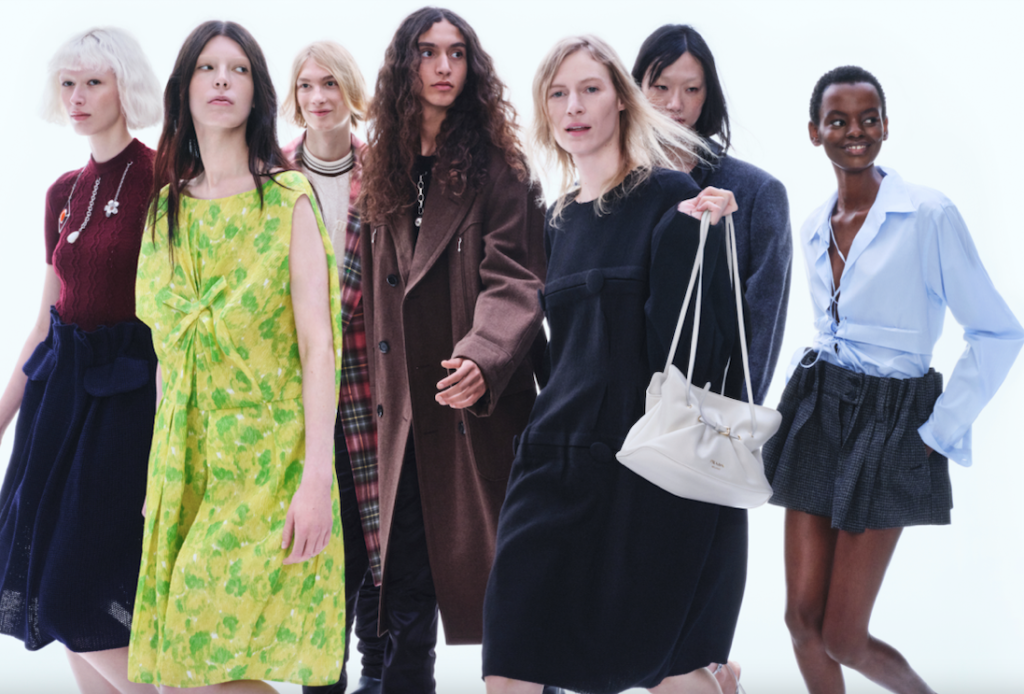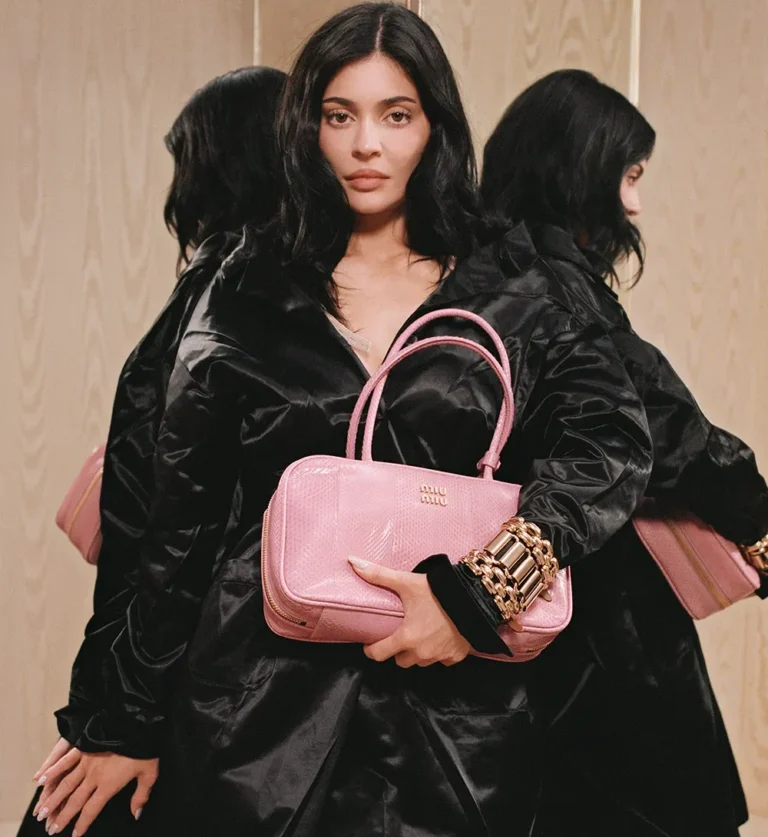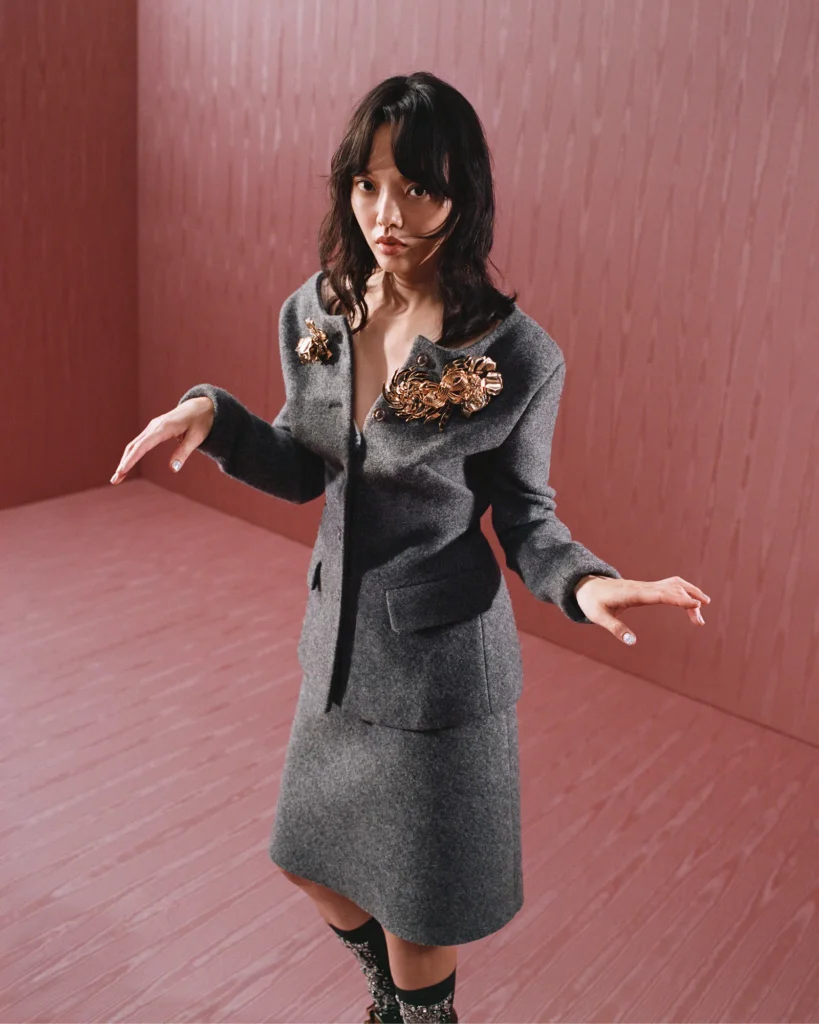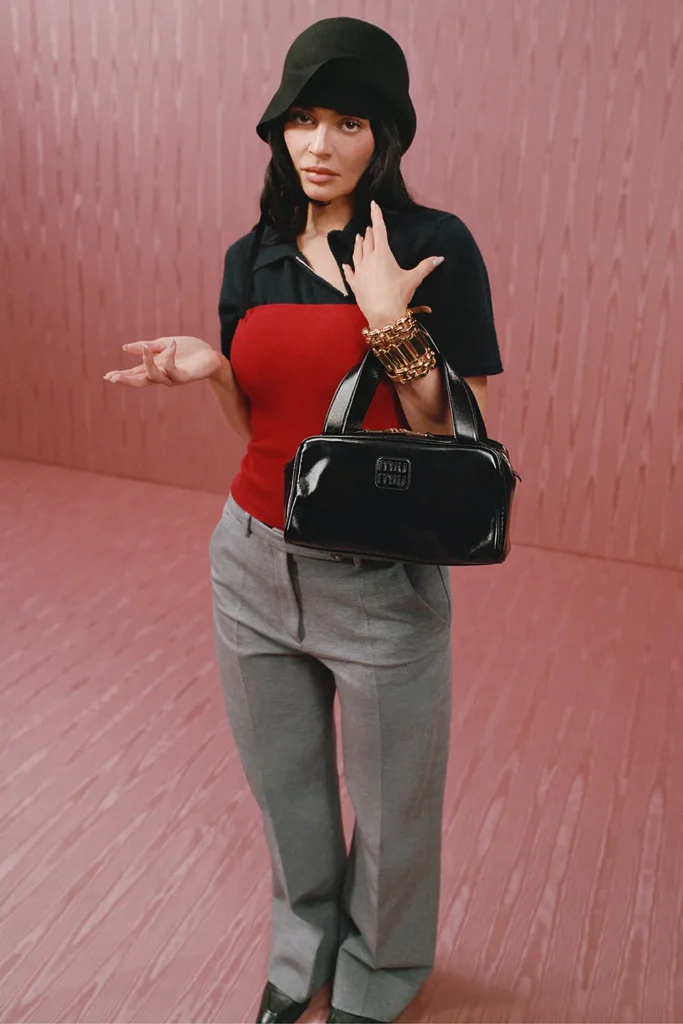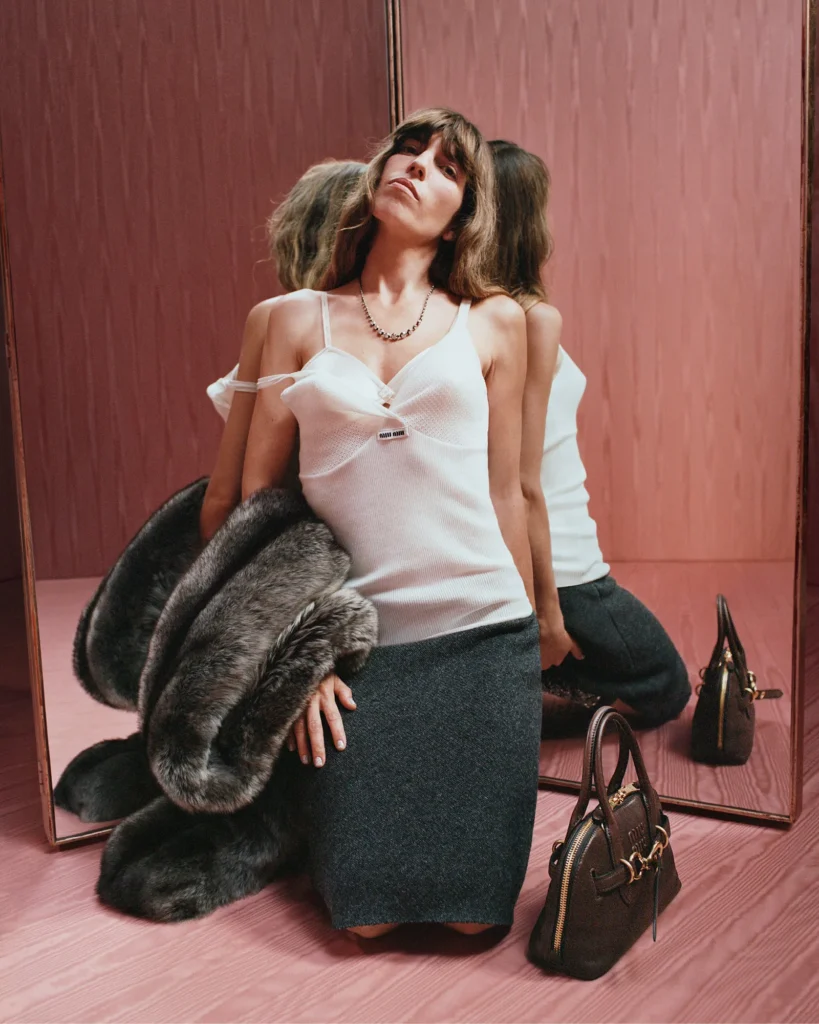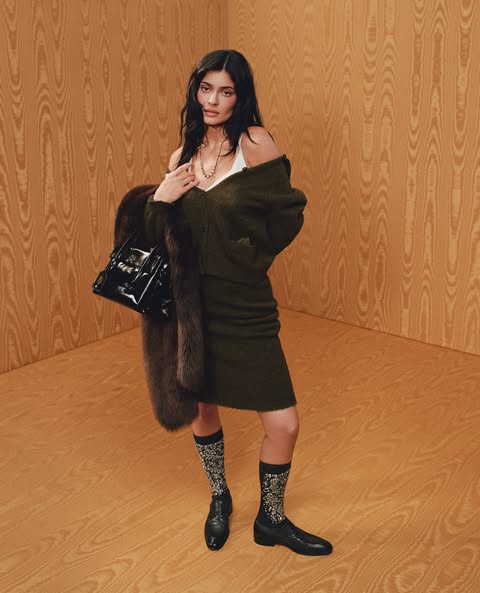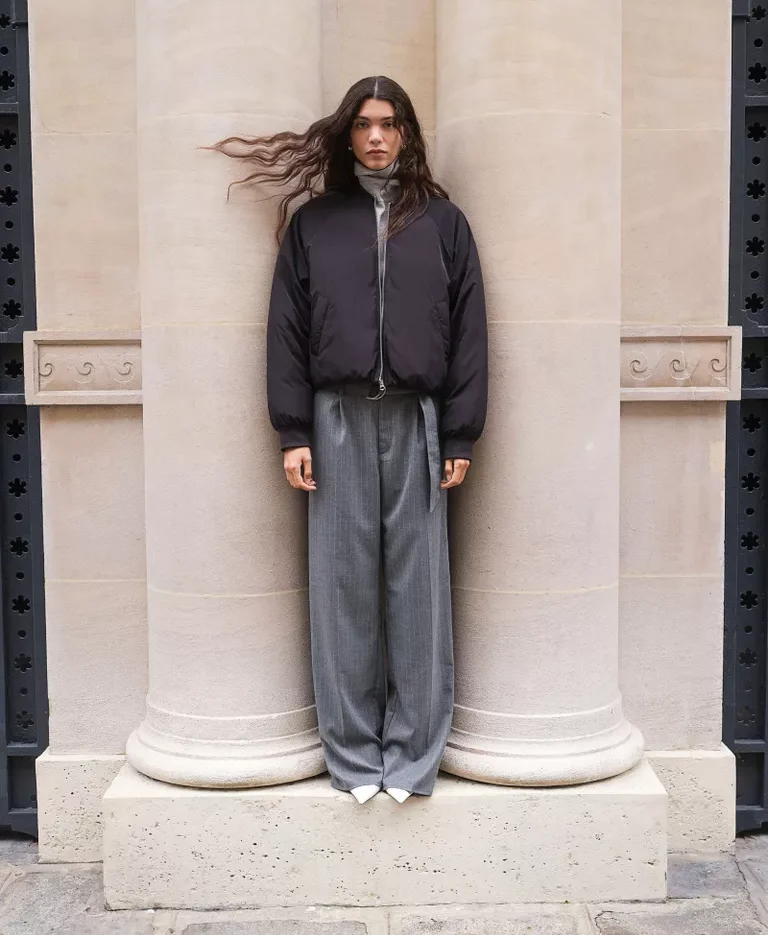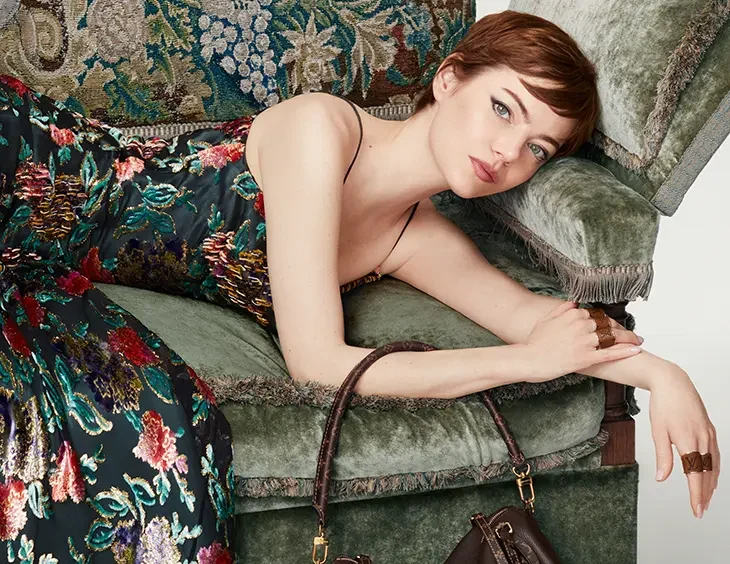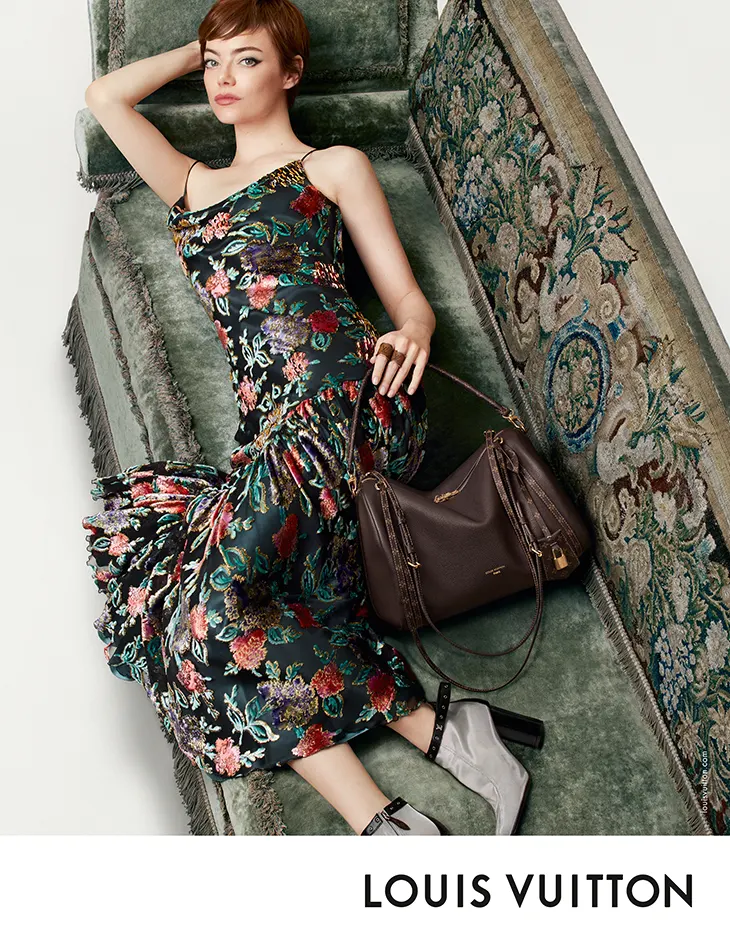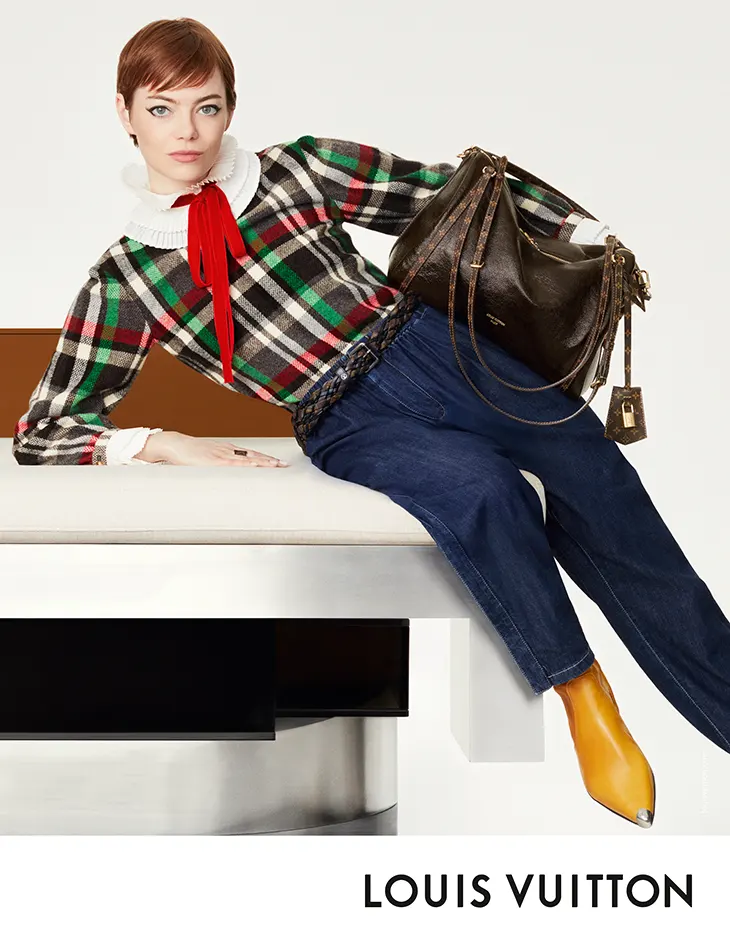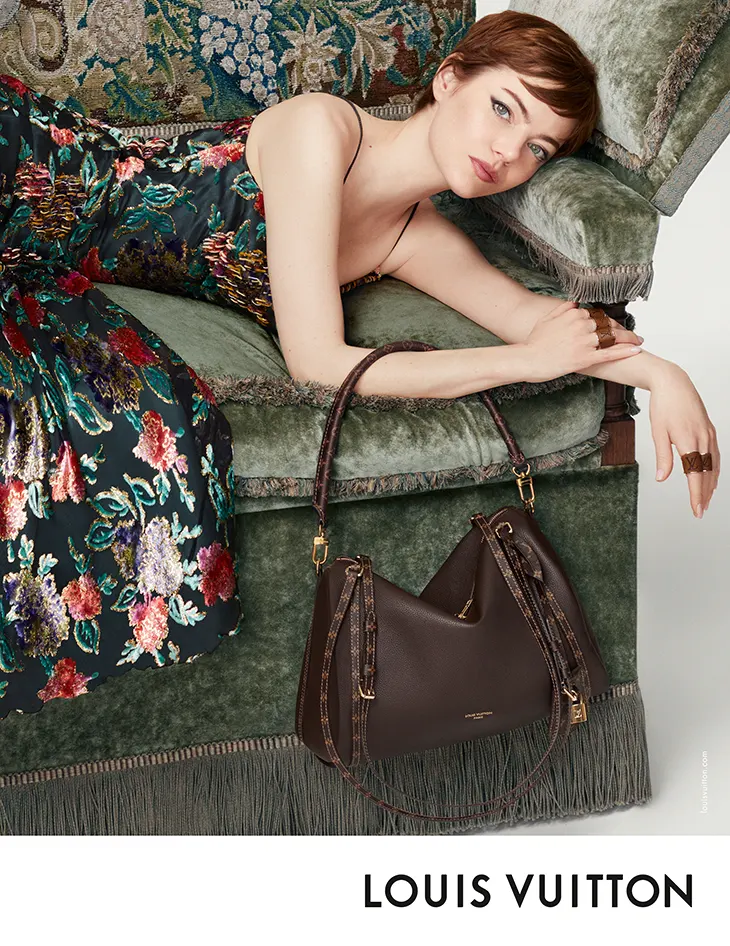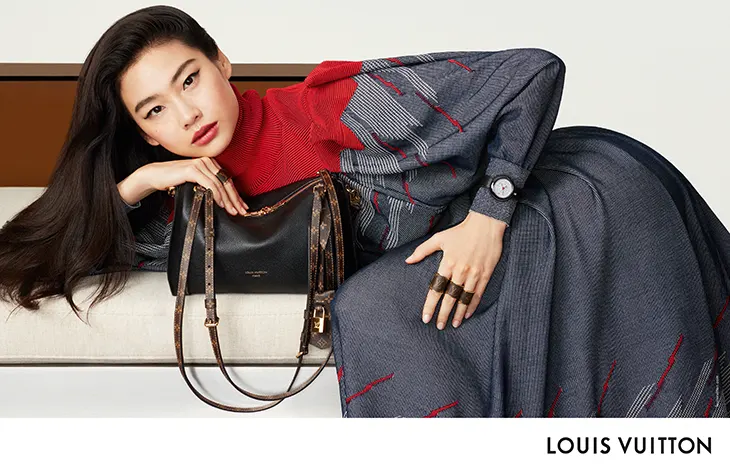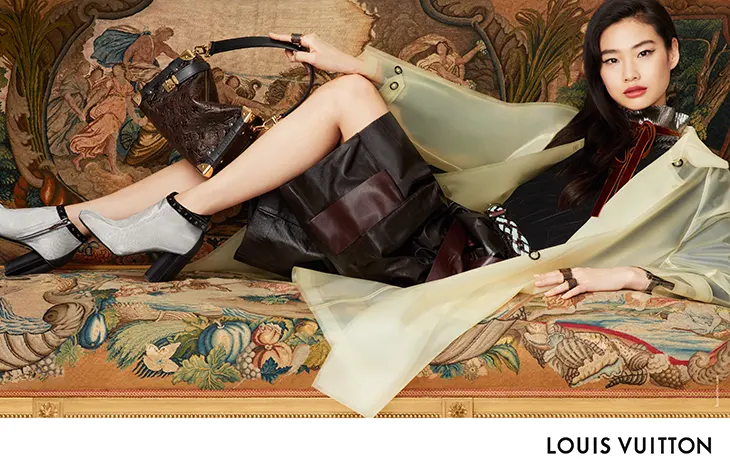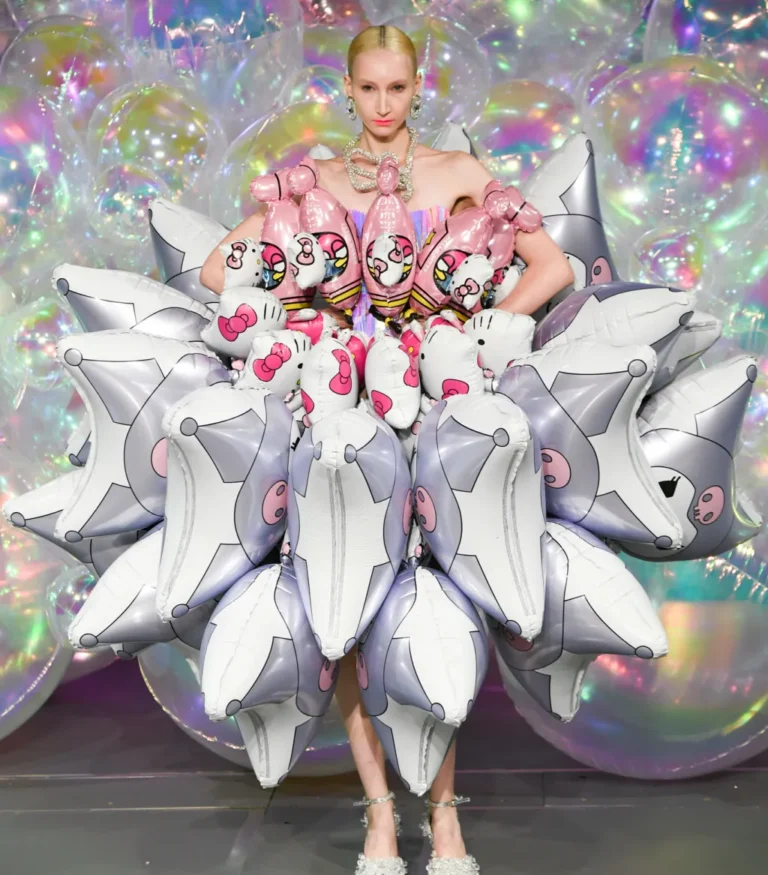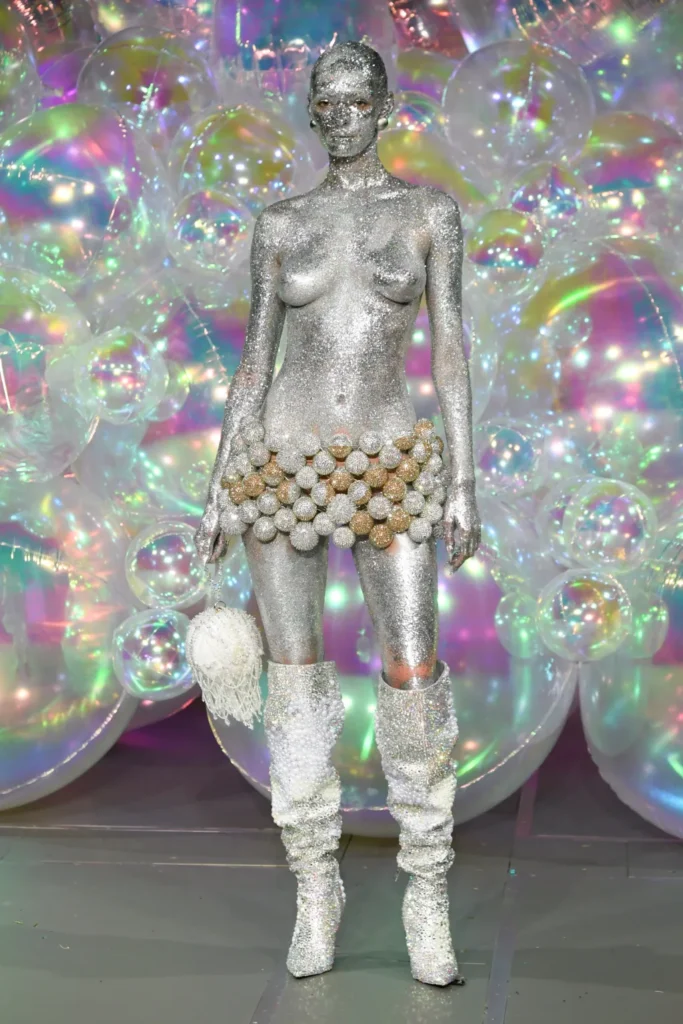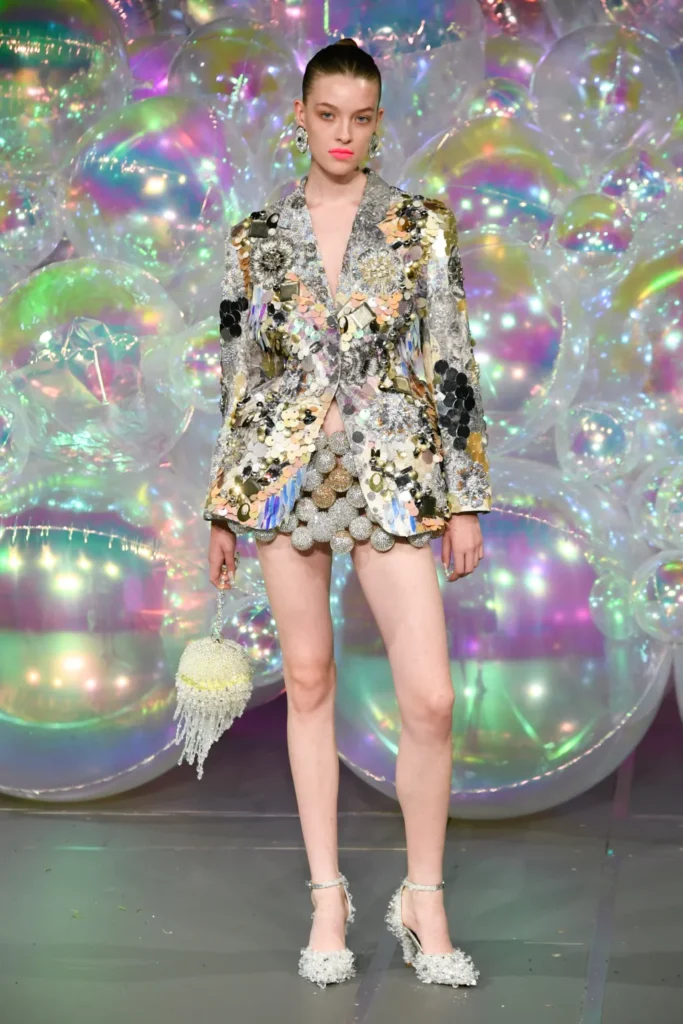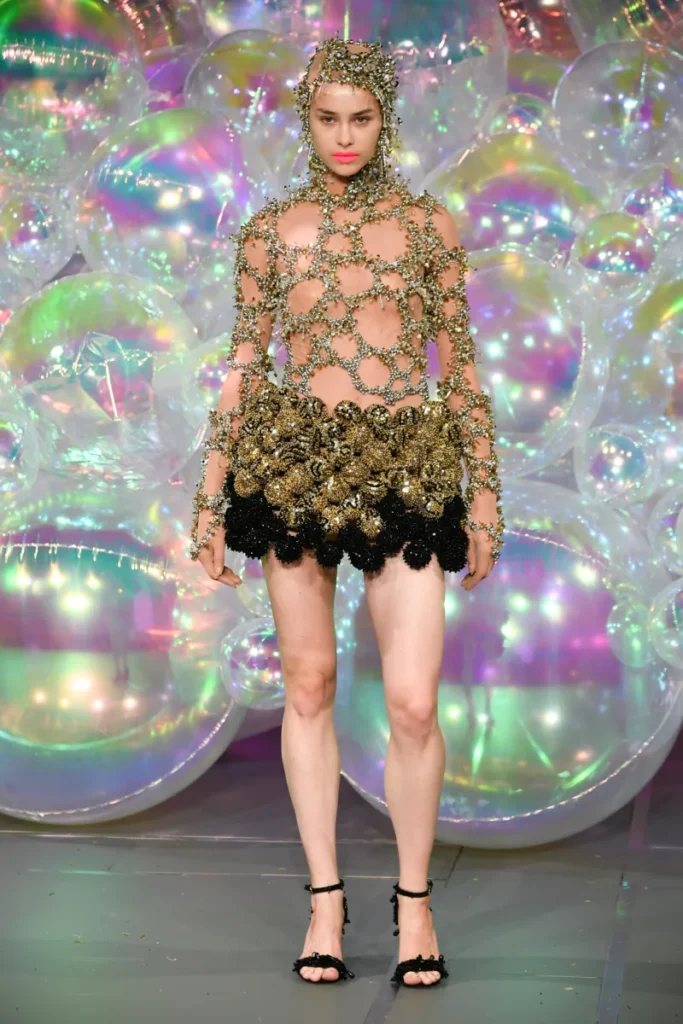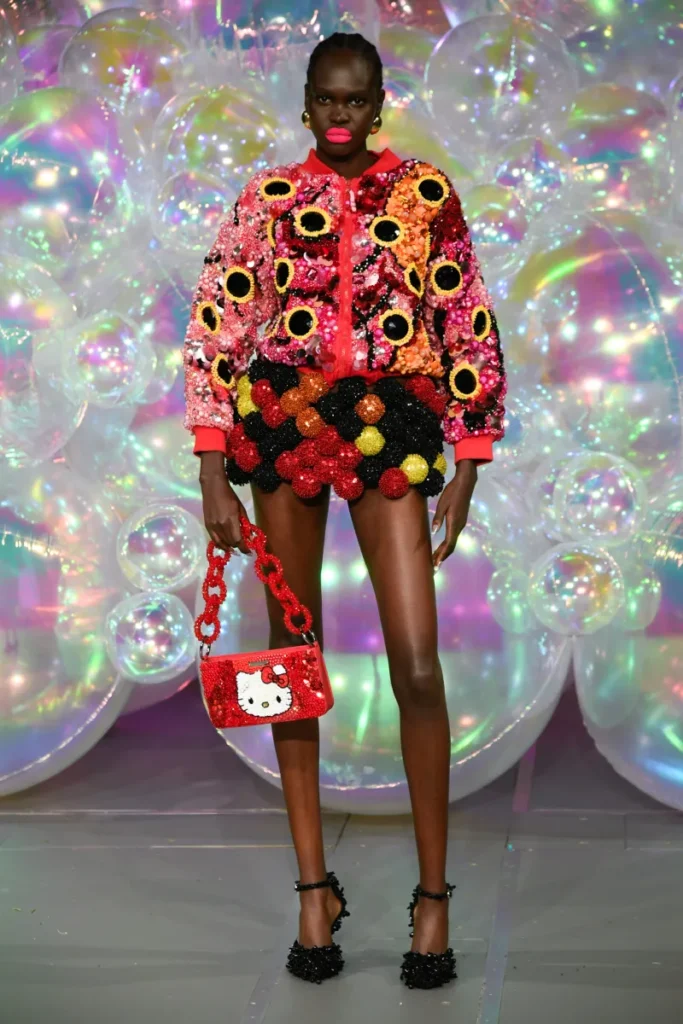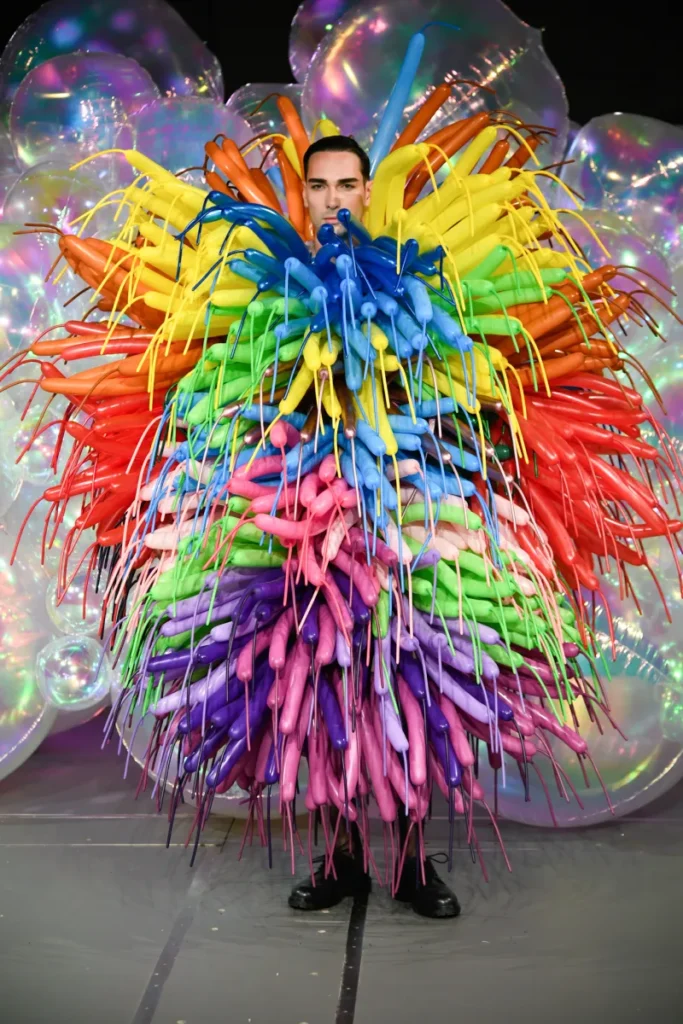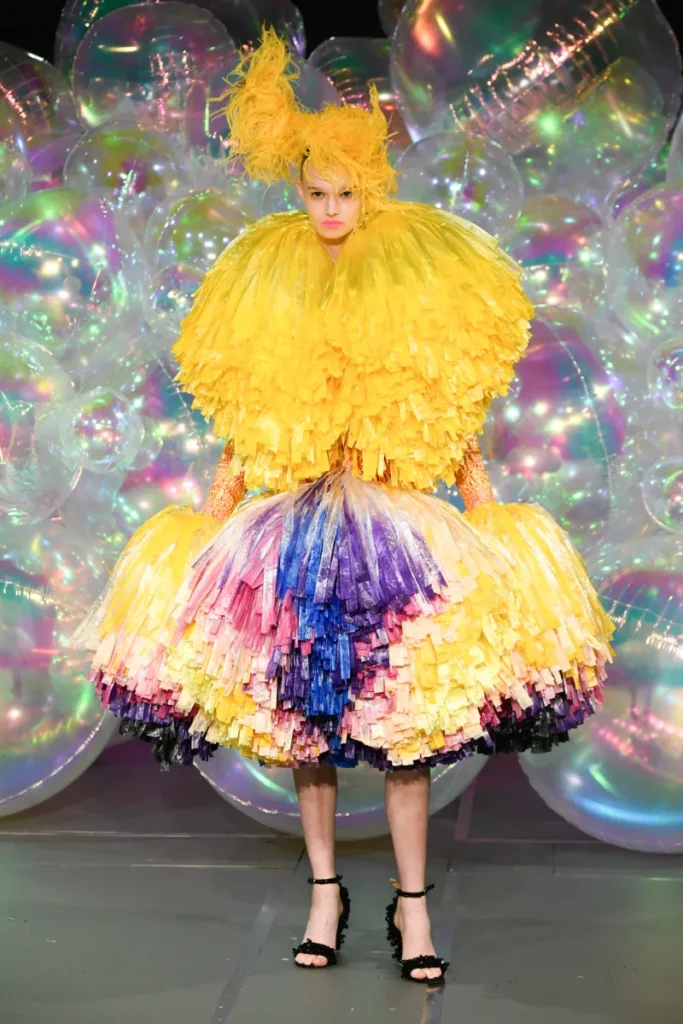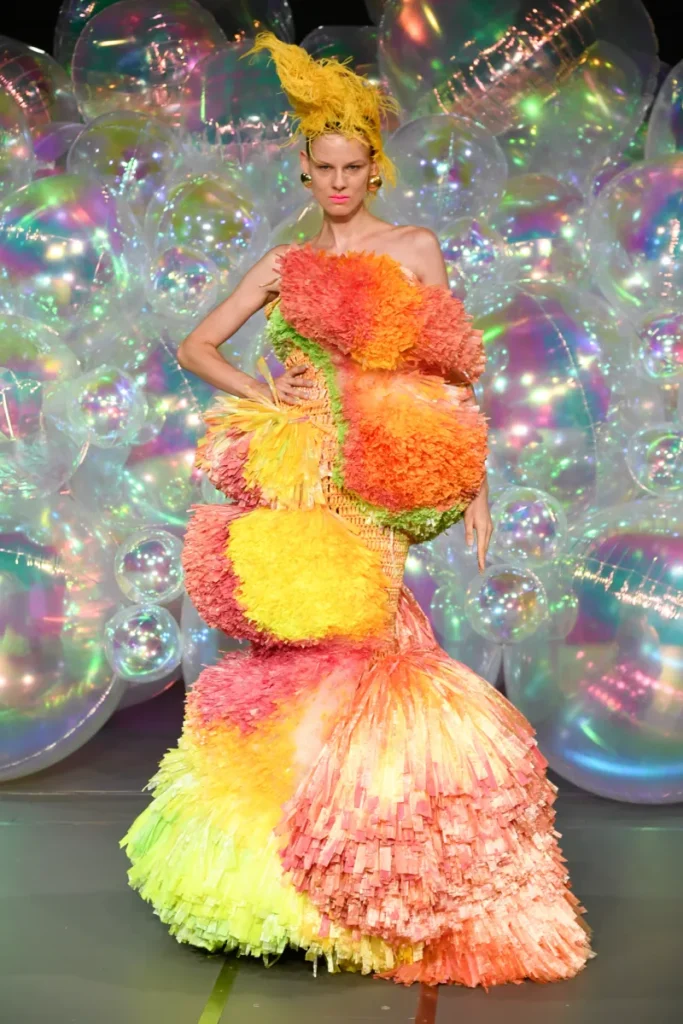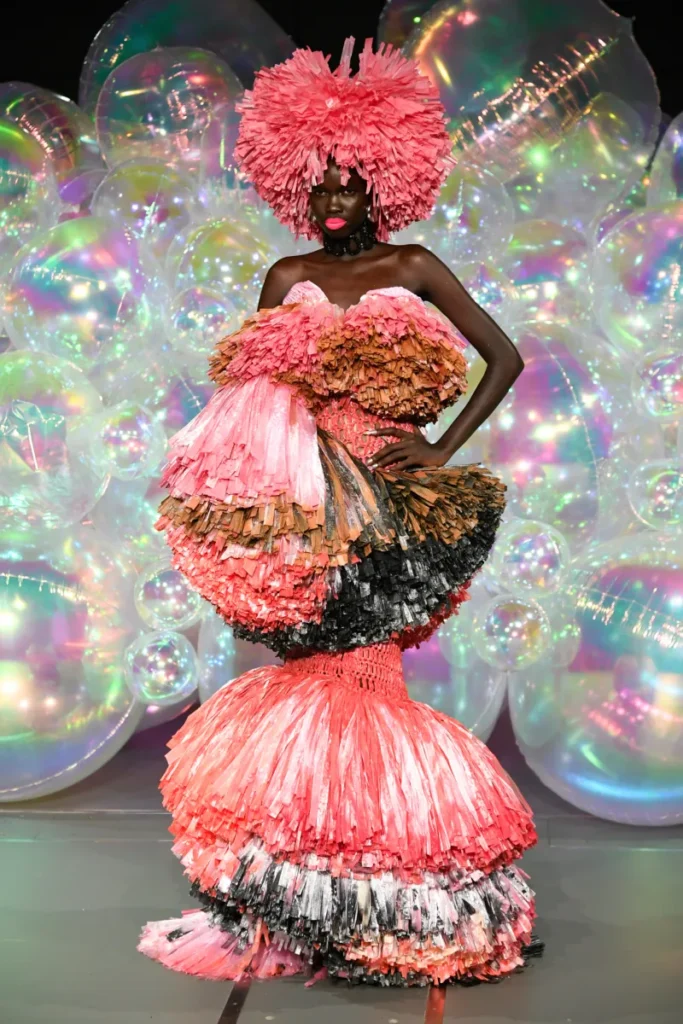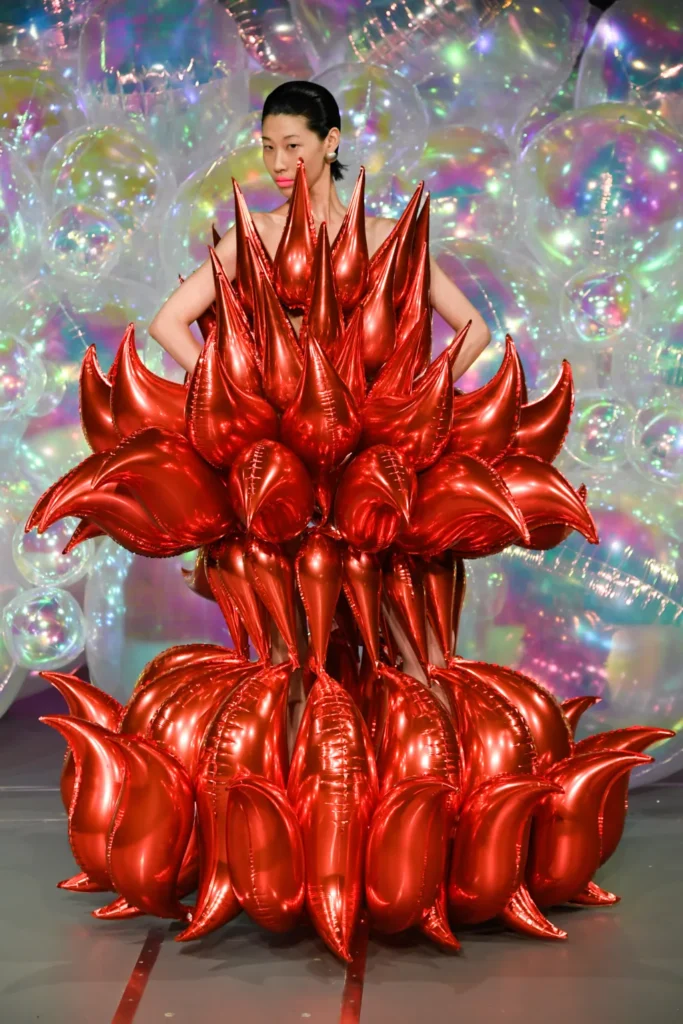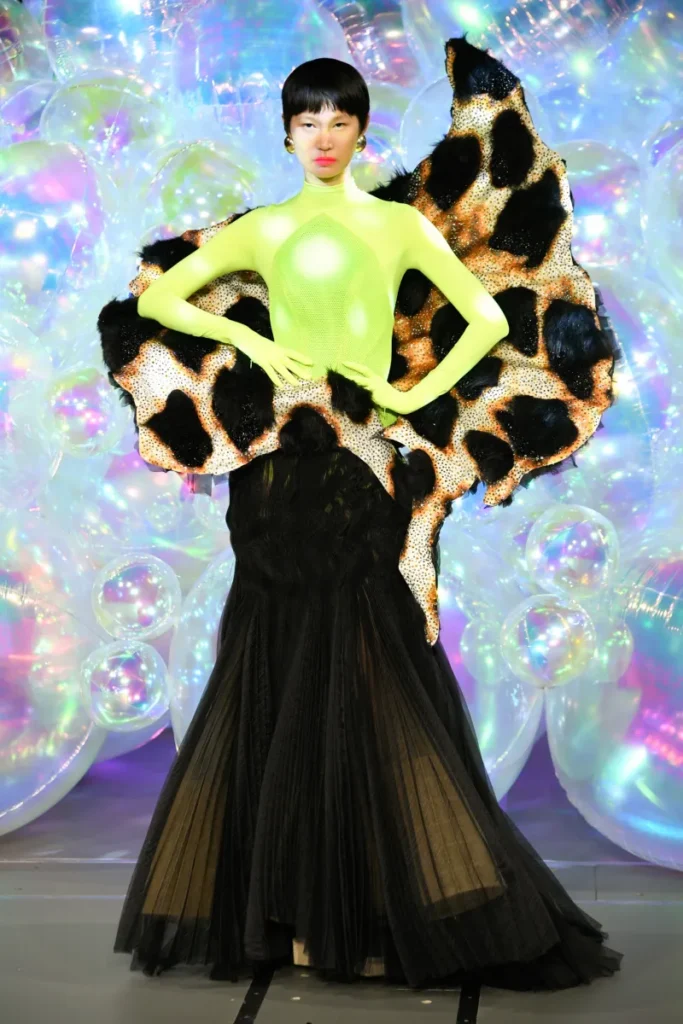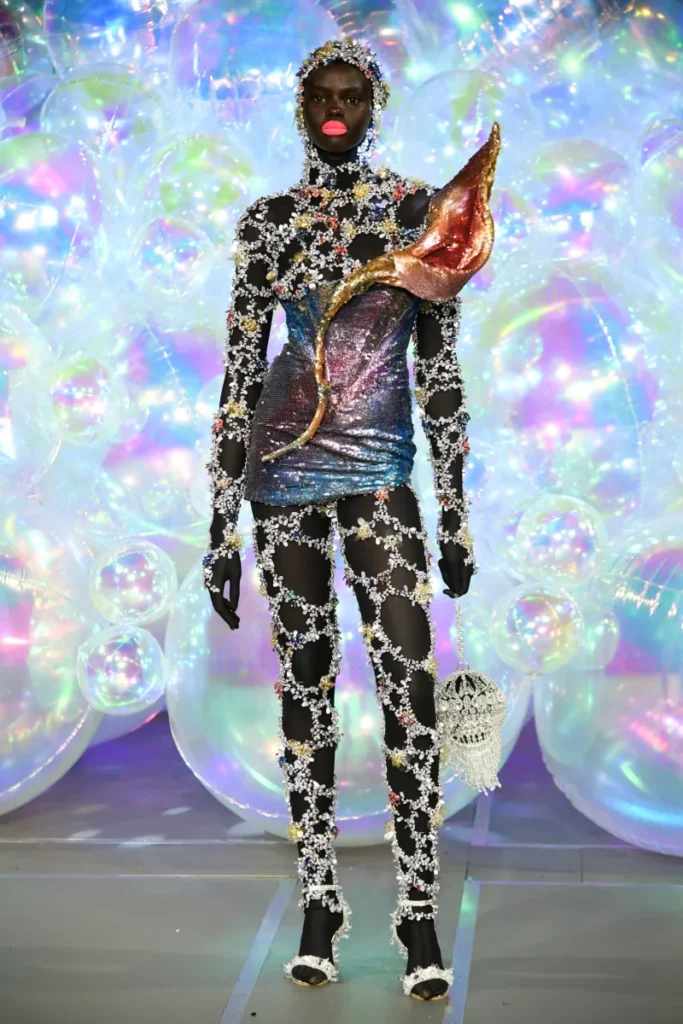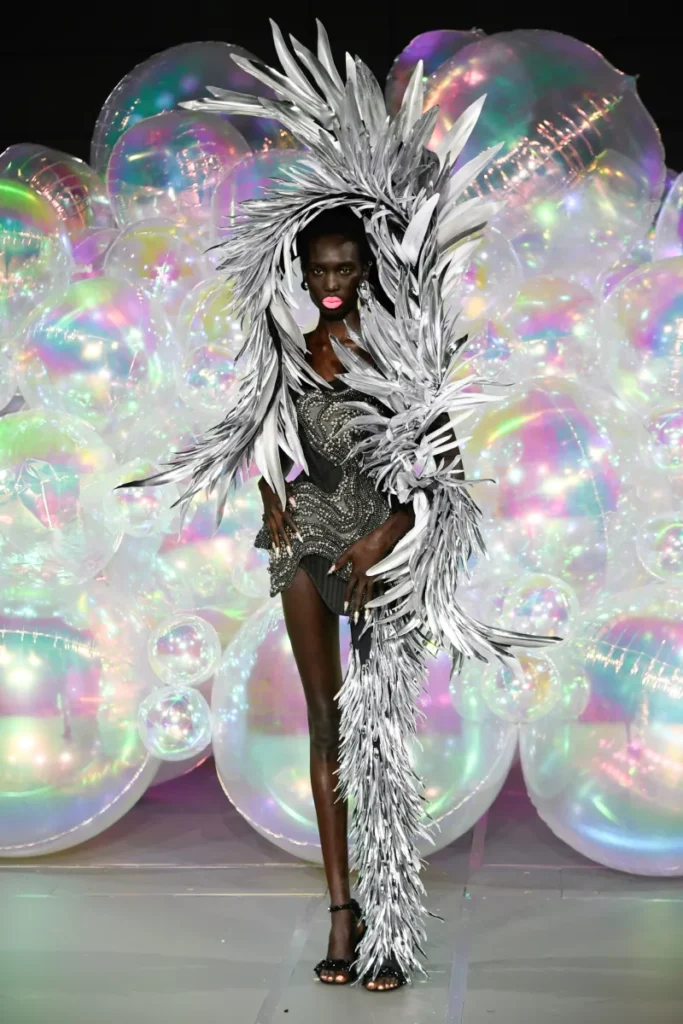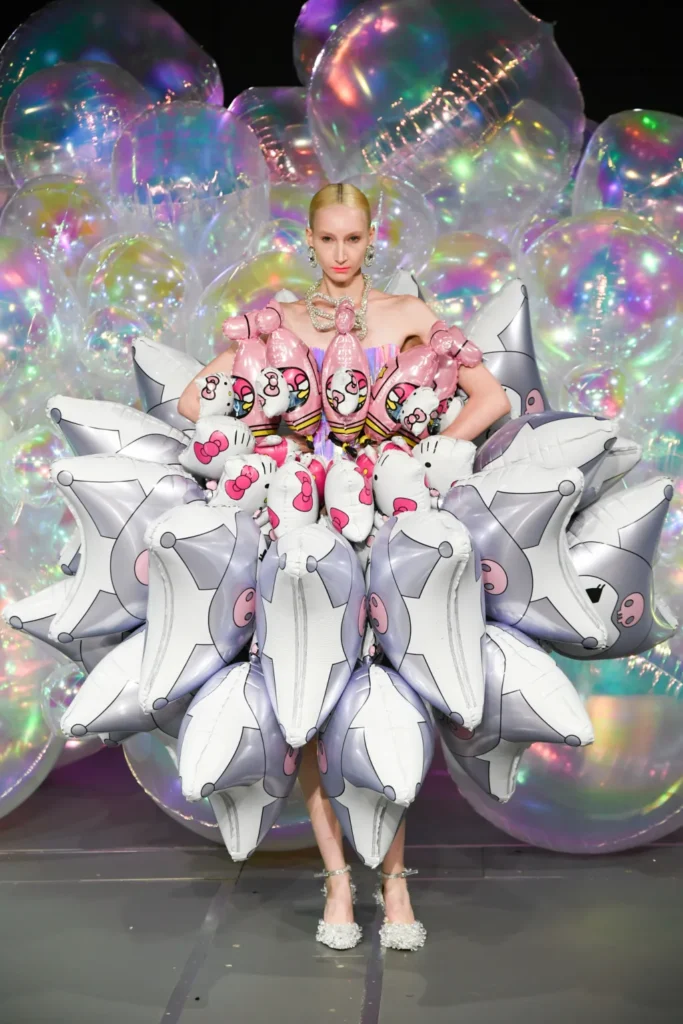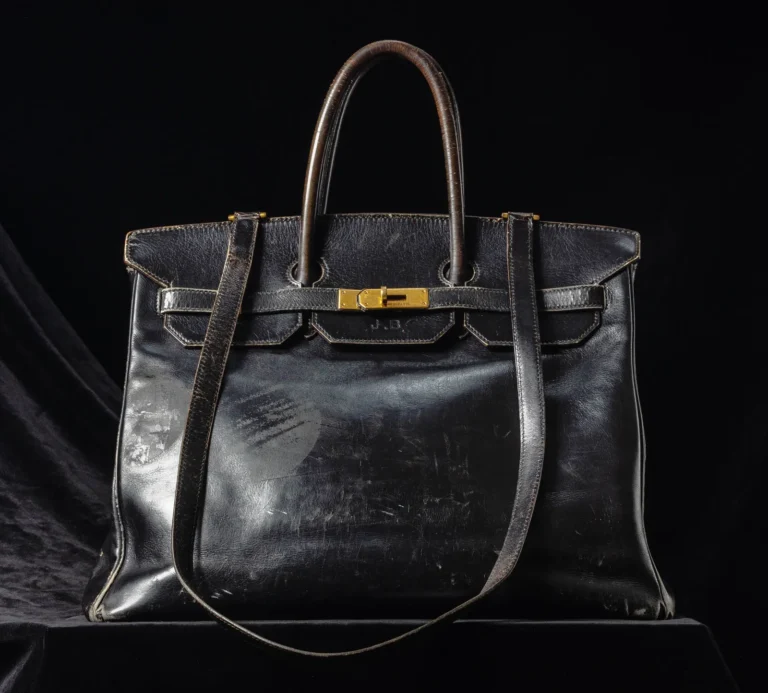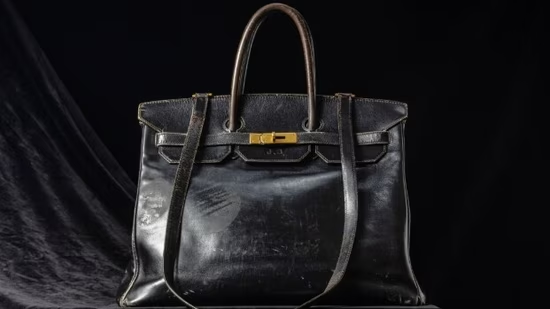American Eagle Breaks Its Silence on Sydney Sweeney Ad Controversy
After days of intense online debate and widespread media attention, American Eagle Outfitters has responded to the public backlash surrounding its latest campaign, “Sydney Sweeney Has Great Jeans.” The campaign, launched earlier this month, stars actress Sydney Sweeney—best known for her roles in Euphoria and The White Lotus—in a playful video that sparked mixed reactions across social platforms.
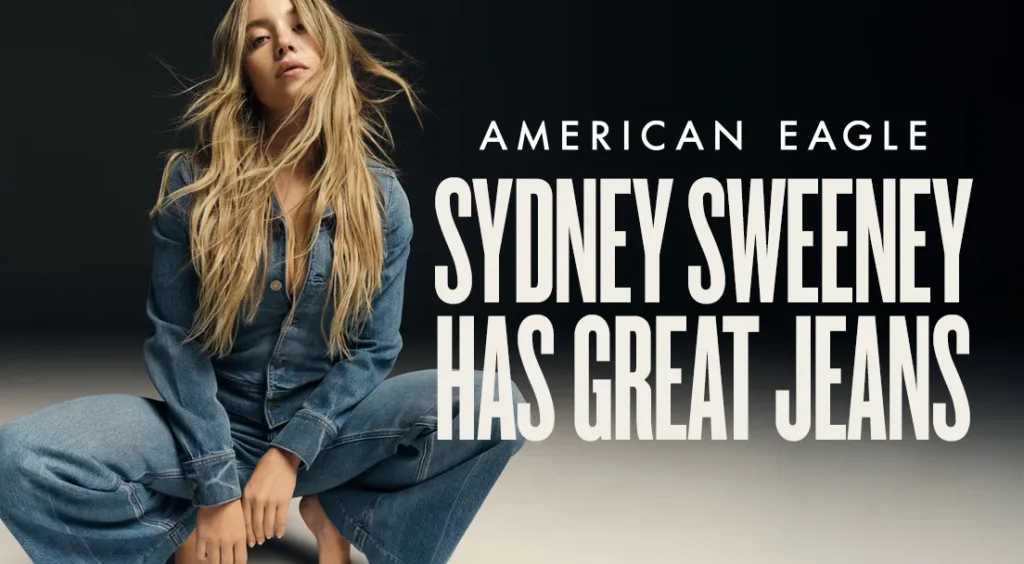
In the ad, the 27-year-old actress is seen lying on the floor zipping up a pair of jeans while a voiceover humorously explains: “Genes are passed down from parents to children and determine traits like hair color, personality, and eye color.” The camera then cuts to Sweeney as she says, “My jeans are blue,” followed by the tagline, “Sydney Sweeney has great jeans.” While the brand aimed for a cheeky double entendre, many viewers questioned the tone and intent of the message.
On Friday afternoon, American Eagle took to Instagram to clarify its intentions: “‘Sydney Sweeney Has Great Jeans’ has always been about the jeans—her jeans, her story. We’ll continue celebrating how everyone wears their AE jeans with confidence, in their own way. Great jeans look good on everyone.” The post has since garnered over 36,600 likes and nearly 5,500 comments, ranging from supportive to deeply critical.
Some users praised the brand’s boldness, while others interpreted the ad as outdated and tone-deaf. Comments included, “I can’t believe this is real,” and “They’ve clearly chosen a side, and the world is watching—and shopping—accordingly.” Others were more politically charged, calling the campaign “a liberal crisis in the making” or joking, “Someone’s intern went too far.”
Neither Sweeney nor her stylist Molly Dickson, who collaborated on the campaign, have issued any public responses. However, Sweeney did post a short campaign clip to her 25 million Instagram followers, writing: “I’ve got great jeans… now you can too.”
Reactions from branding experts have been divided. David Loranger, a professor at Sacred Heart University, called the brand’s response “completely counter to standard brand strategy and what business schools teach about crisis management.” According to Loranger, if American Eagle had tested the campaign more thoroughly, “they wouldn’t be in this mess.” He likened the campaign’s tone to those once led by controversial fashion executives like Dov Charney (American Apparel) or Mike Jeffries (Abercrombie & Fitch). “Ignoring the market response is not only arrogant but shows a lack of respect for the consumer,” Loranger said, adding that the backlash could become a future case study in advertising missteps.
However, not all industry veterans see it that way. Jennifer Sey, former Levi’s brand president and now CEO of XX-XY Athletics, defended the campaign. “There’s no reason for American Eagle to back down or apologize,” she said, “especially to a handful of TikTok critics who probably never bought the brand in the first place.” She continued, “It’s just a pun. A beautiful, successful woman in a cheeky ad playing along with the joke? That’s what makes it fun and self-aware.”
Scott Woodward, founder of branding agency Sew Branded, offered a more cautious take. He noted that the clever wordplay, though creative, felt “off” given today’s cultural climate and may have unintentionally alienated some Gen Z customers and media outlets. He warned that doubling down without acknowledging consumer sentiment could further escalate the issue.
Despite the controversy, the campaign has undeniably captured attention—sparking dialogue not just about denim, but also about how brands navigate tone, messaging, and generational sensitivities in today’s fast-moving fashion landscape.
